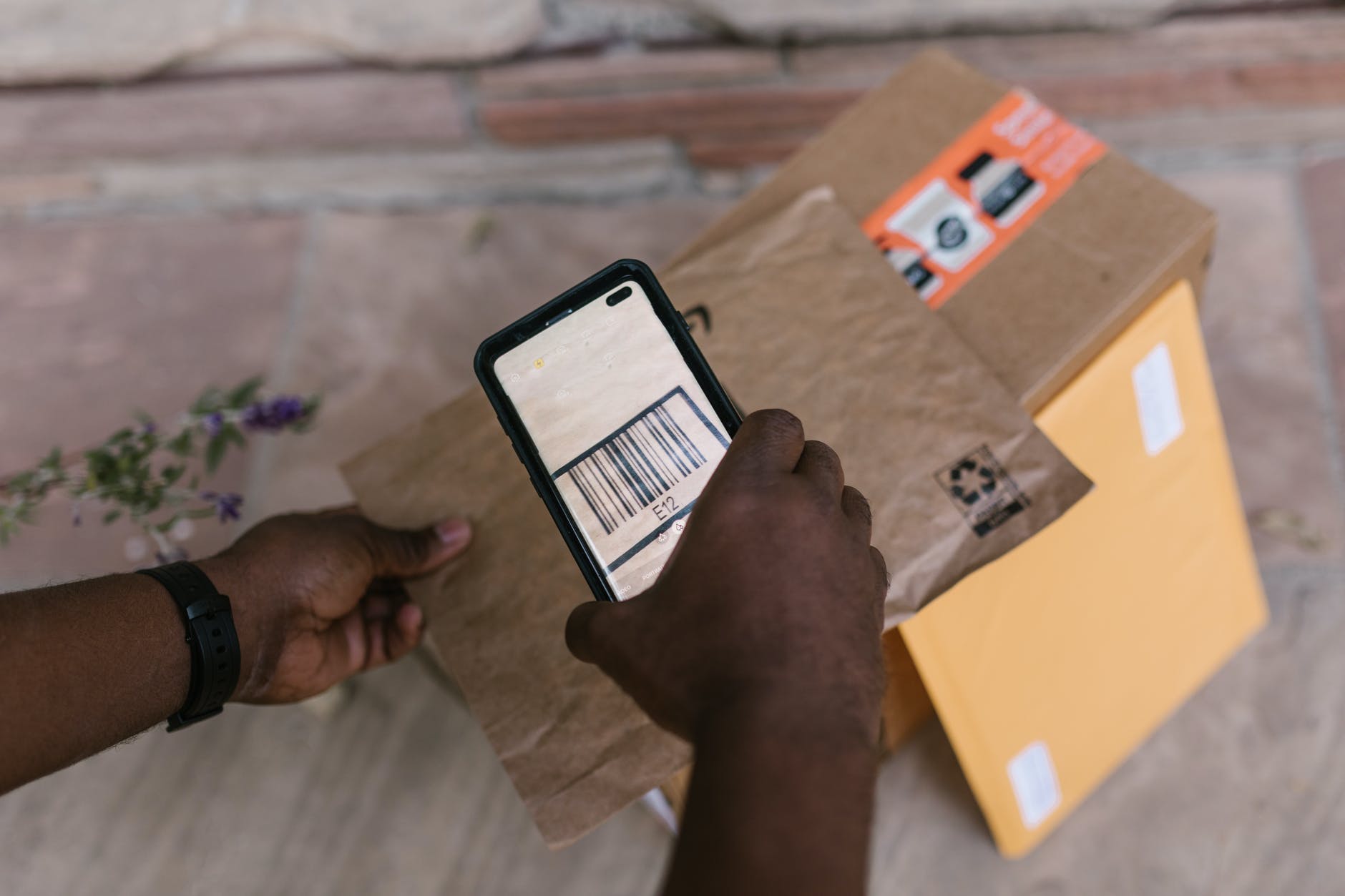So we get this thing set up and in prototype mode and start testing it, one little area of the local campus at a time. Processes are created, on and on. Then we start having a problem.
The problem, simply put, is that many of the IT assets we were trying to manage were either rarely or almost never on-site. Traveling salespeople and technicians, etc. Trying to catch these folks when they were in the office, had their laptop, and could stop what they were doing long enough to flip it over and let someone scan it, was almost impossible. You’d think this wasn’t a big deal, but even five percent of an asset group numbering somewhere close to a quarter-million primary assets (computers and printers) is a huge cash loss for the company if they can’t keep track of it. This was made additionally problematic by the nature of their contract with Dell, from whom they were leasing most of the machines; they had to match serial numbers/asset tags when they were sent back or they had to buy the missing box outright.
We struggled for weeks with how to handle this problem – mandatory office visits? Schedule a meeting? How do we make these people sit still long enough for us to scan those barcodes? As time went on and the data we were able to gather made the scope of the problem clear, equally clear became the need for a fast, elegant solution that was as non-disruptive as humanly possible.
Then it dawned on me that there’s absolutely nothing special about a barcode label. It doesn’t have some magic in it that makes it work; it’s just a binary code expressed in fields of black and white, readable by an optical scanner connected to a computer. I’d also learned that printing barcodes on highly reflective plastic stickers made for unreadable barcodes because the reflectivity confuses the scanner. But as long as it’s on a non-reflective (or somewhat non-reflective) surface, you can put a barcode on anything and as long as it’s formatted properly and you have the right tool, you can read it.
In other words, you don’t have to scan the actual, real, literal barcode. You can scan an *image* of the barcode, so long as that image is expressed in a medium the scanner can read.
In 2021 with tech advancements being what they are, I’d have said “just take a photo with your phone and send it to us, we can scan the code off this nice non-reflective flat-screen monitor.” Unfortunately we didn’t have any of the things in that sentence at that time! This was also in the very, very early days of the sorts of tools we have now that can just track assets all over the place with WiFi and networking tools, although they did exist they weren’t perfect by any means.
So what to do?
Here comes the longhair with his bright ideas again. These folks are dipping in to the office for a minute maybe once every couple of weeks or once a month, right? Just have them xerox the bottom of their laptop and pin the photocopy to their cube. The auditors can scan that just as easily as they can the real label.
And everyone went holy crap why didn’t we think of that, the audit gap for remote workers and their gear was closed, and they all lived happily ever after.
Well, except for me – while there was periodic talk of bringing me on full time, various Things kept happening. First, as you may infer from earlier text, Nortel outsourced their entire IT department to Computer Sciences Corporation in the middle of all of this. So Mike and Jackie were no longer Nortel employees and I was no longer a Nortel contractor; they were CSC employees and I was was Nortel subcontractor.
Then September 11th happened, and Nortel, which had already been hemorrhaging (their stock price went from $80/share, through a split, and then dropped to $2/share in the 20 months or so I was there), ultimately decided on December 7th, 2001, to lay off every single one of their twelve thousand subcontractors, including yours truly.
Fortunately my friends Mike and Jackie kept their jobs, and Mike mentioned to me several years later that the “xerox the laptop” thing had come into play at his latest assignment. I don’t remember where that was now, it was either A Large Rental Car Company or A Large Government Agency. But apparently the systems and processes we designed ended up being absorbed into the CSC ecosystem and rolled back out to all their clients, which at that point was a substantial percentage of large national and multinational corporations and government agencies.
That’s why I’m the guy you were mad at for five minutes once. Sorry about that.
And now you know…the rest of the story.
Post-publication edit: now that I think of it, we had to sync the palm pilots with desktop cradles wired to PCs. I don’t remember if we ever fully realized the wifi process; the tech may not have been there at the time, or maybe that’s what we were working on when I got laid off, I honestly don’t remember anymore.












